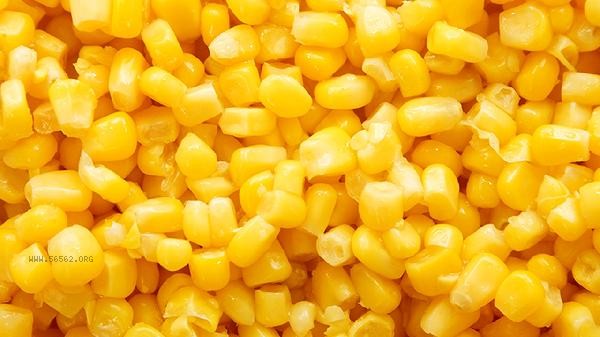Frozen corn that softens after thawing can generally be cooked and eaten, but the taste may be slightly inferior. If there is a noticeable sour or sticky taste after thawing, it is not recommended to consume.

During the freezing process, the cell structure of frozen corn will be damaged due to the formation of ice crystals, and it is normal for the texture to become soft after thawing. This type of corn can still be safely consumed, and boiling it can effectively kill any bacteria that may exist. It is recommended to put thawed corn in cold water and continue boiling for 5-8 minutes after the water boils. Adding a little salt can help maintain sweetness. When cooking, it can be paired with diced carrots or green beans to enhance the overall taste, and can also be used to make dishes that require soft corn such as corn soup and salads. If the corn emits a strange odor, has a sticky and slippery surface, or shows mold spots after thawing, it indicates that it has deteriorated and spoiled. This type of corn may breed mold or pathogenic bacteria, and even high-temperature cooking is difficult to completely eliminate toxins. Corn thawed for more than 4 hours in high temperature environments during summer is more prone to spoilage, and any abnormalities should be immediately discarded. For special populations such as infants and pregnant women, it is recommended to prioritize fresh corn or strictly control thawing time.

Long term frozen corn may lose some of its nutritional value, especially vitamin C and B vitamins. Suggest dividing the corn into small portions and freezing them, taking them as needed each time to avoid repeated thawing. When cooking, it can be paired with ingredients rich in vitamin C such as colored peppers and tomatoes to help improve iron absorption. If you are looking for a better taste, you can choose to vacuum pack frozen corn or directly purchase fresh corn from the current season that is cooked and eaten fresh.









Comments (0)
Leave a Comment
No comments yet
Be the first to share your thoughts!